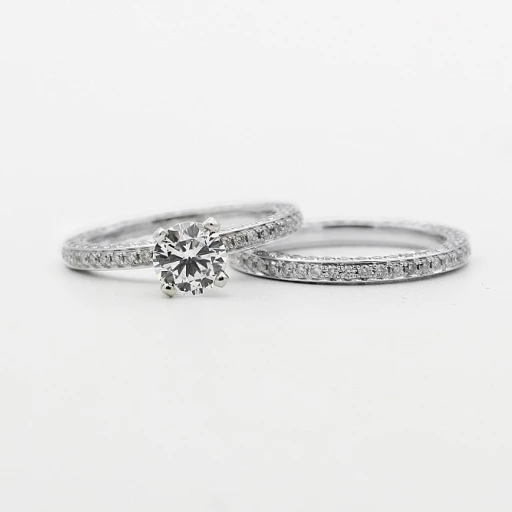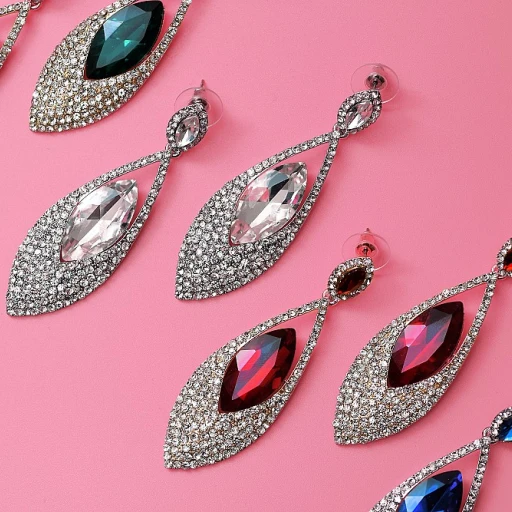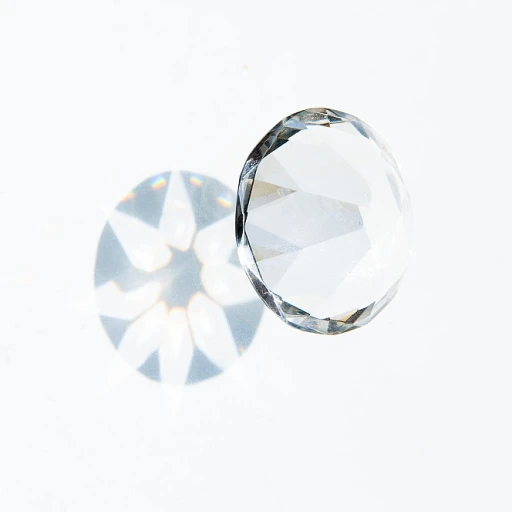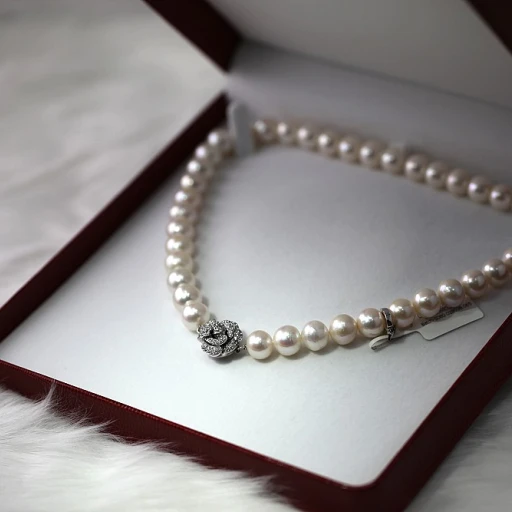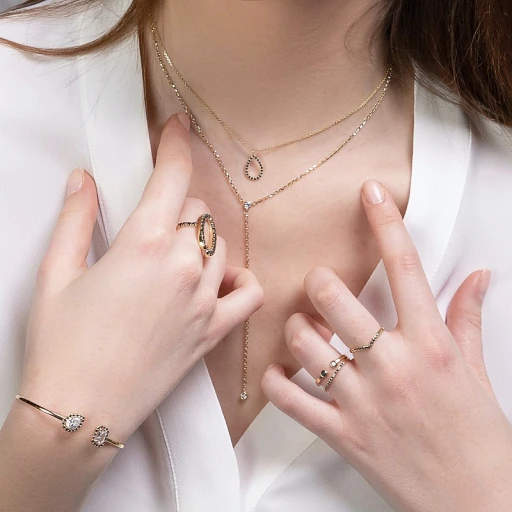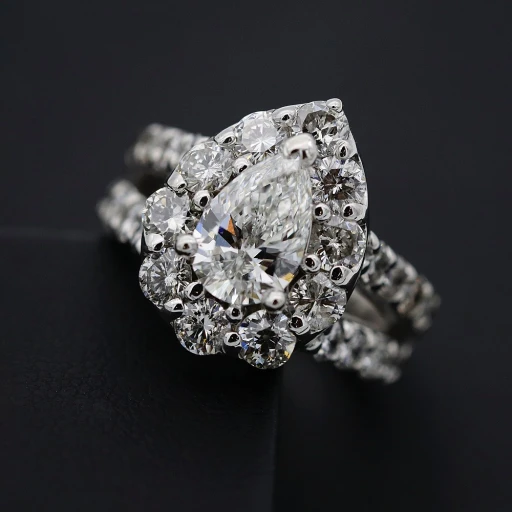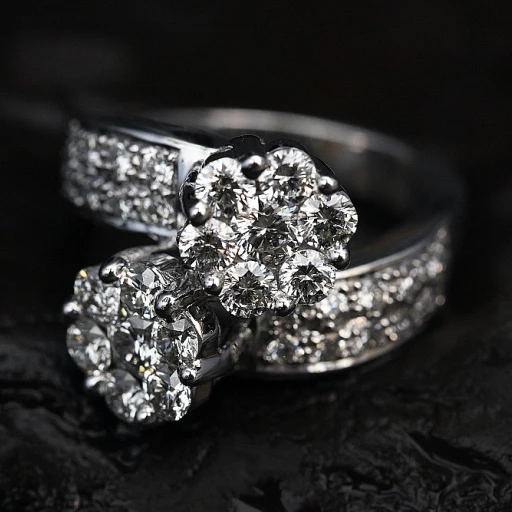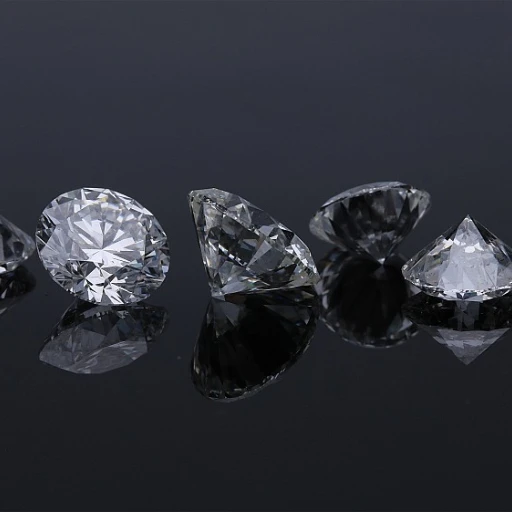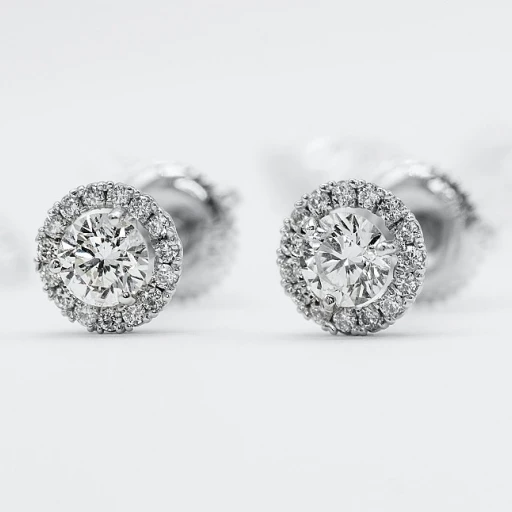History and Significance of Emeralds in Jewelry
Timeless Elegance and Rich Heritage of Emeralds
The mesmerizing beauty of emeralds, with their deep, vivid green color, has captivated the hearts of jewelry enthusiasts and collectors for centuries. This stone is not just about aesthetics; it holds a rich heritage and profound significance across various cultures and epochs. From ancient civilizations to modern times, the allure of emerald has been woven into history, making it an enduring favorite.
The allure of emerald diamond bracelets stems from the timeless elegance they offer. Emeralds have long been associated with royalty and luxury. In ancient Egypt, it was said that Cleopatra adored emeralds, adorning herself with elaborate jewelry crafted from this precious gem. Over time, emeralds have symbolized fertility, rebirth, and love, making them a cherished choice in both luxury and sentimental jewelry pieces, like bracelets.
Furthermore, emeralds paired with diamonds create an unmatched visual impact. The contrast between the rich green of emeralds and the brilliant sparkle of diamonds results in a captivating piece that stands out, whether in a simple tennis bracelet design or an intricate bangle bracelet. These combinations are often set in various metals such as exclusive variations of white gold, yellow gold, or sterling silver, further enhancing the piece's sophistication.
The historical significance and continuous demand for emeralds also play a crucial role in determining the price and value of these exquisite bracelets. Whether choosing a created emerald or a natural stone, each piece holds a charm that makes it a worthy addition to any jewelry collection. As we delve deeper into understanding diamond quality and its impact, the craftsmanship involved in creating such bracelets, and their investment potential, it becomes clear that owning an emerald diamond bracelet is not only a testament to personal taste but also a celebration of heritage and artistry.
Understanding Diamond Quality and Its Impact
Deciphering Diamond Quality: An Insightful Perspective
The captivating sparkle of diamond bracelets, particularly when paired with the rich green hue of emeralds, is nothing short of mesmerizing. But what truly sets these jewels apart in the realm of luxury and elegance is the intricate understanding of diamond quality. To appreciate the allure of an emerald and diamond bracelet, it's crucial to have a grasp of the diamond grading system, commonly known as the "4 Cs"—Carat, Cut, Clarity, and Color. These criteria are essential in evaluating a diamond's overall worth and appeal.- Carat Weight: This refers to the size of the diamond, a significant factor that influences the bracelet's overall price. Larger carat diamonds, whether in a classic tennis bracelet or an exclusive bangle design, tend to command higher prices.
- Cut Quality: Arguably the most critical aspect, the cut impacts the diamond's brilliance. From the classic round to the elegant oval cuts, a well-cut diamond reflects light optimally, enhancing the visual splendor of your emerald diamond bracelet.
- Clarity: Evaluating inclusions or impurities within the diamond, clarity is about the stone's internal and external blemishes. A higher clarity rating signifies a more flawless appearance, adding to the gemstone's luxurious character.
- Color Grade: Diamonds range from colorless to slightly yellow hues. For an emerald and diamond piece, such as a bracelet in white gold or an exquisite sterling silver setup, a near-colorless diamond often complements the vibrant green of the emeralds beautifully, offering a seemingly flawless aesthetic.
Craftsmanship: The Art of Creating a Bracelet
The Craft Behind Elegant Wrist Adornments
Creating an emerald and diamond bracelet is truly an art form, where expert craftsmanship transforms raw materials into a piece of wearable beauty. Whether it’s a sterling silver creation or an elegant bracelet in white gold, every piece undergoes a meticulous crafting process. The journey starts with selecting the right gems. Emeralds, with their vibrant green allure, need careful examination to ensure they complement the sparkling brilliance of white diamonds. Crafting these bracelets is about achieving the perfect balance, especially when incorporating other stones like sapphires or creating exclusive variations. When it comes to diamond quality, as previously noted, each diamond is assessed for cut, clarity, color, and carat weight. These factors significantly impact not only the bracelet’s appearance but also its price and investment value. Opting for lab-created emeralds can sometimes be a cost-effective alternative, retaining the gemstone’s visual appeal without breaking the bank. Moreover, each bracelet type, be it a classic diamond tennis bracelet, a stylish bangle bracelet, or the increasingly popular bolo bracelet, demands a specific crafting technique. For instance, a tennis bracelet requires precise settings to securely hold each shining stone in place while allowing for a flexible and comfortable fit. The craftsmen's expertise is evident in the delicate adjustments needed to set an oval cut lab-created emerald alongside perfectly matched diamonds. Whether the final choice is a bracelet gold piece or an elegant bracelet sterling silver creation, their skill determines the lasting quality and sophistication of the piece. In today’s domain, the digital marketplace offers a wide range of options, and one can even explore standout pieces in silver online with ease. Ultimately, these expertly created wrist adornments not only offer aesthetic pleasure but also bear testament to the fine jewelry artistry. For further insights into jewelry craftsmanship, exploring timeless designs such as vintage garnet rings can provide more context on what sets quality pieces apart from the rest. Exploring Vintage Garnet RingsStyling Tips: How to Wear an Emerald Diamond Bracelet
Styling Your Emerald Diamond Bracelet with Confidence
Pairing an emerald diamond bracelet with your attire can have a transformative effect on your overall look. Here’s how to wear your bracelet with style and flair:- Coordinate with Complementary Colors: The vibrant green of an emerald stands out beautifully against neutral tones such as black, white, or silver. For a more daring ensemble, consider pairing your emerald piece with shades of red or blue.
- Mix and Match Meticulously: For those who delight in combining jewelry, consider wearing your emerald diamond bracelet alongside plain sterling silver or gold bangles to produce a layered look. Bracelets in exclusive variations of yellow or white gold can offer a striking contrast to the rich green hue of the emerald.
- Choose Matching Elements: For elegant events, matching your bracelet with other jewelry pieces can create a cohesive appearance. Opt for earrings or a necklace adorned with emeralds or diamonds to complement your wristwear.
- Dress for the Occasion: While a diamond tennis bracelet fashioned with emeralds exudes sophistication suitable for high-end events, a more subtle bolo bracelet created from sterling silver is perfect for everyday wear.
- Experiment with Different Cuts: Don't shy away from trying out exclusive variations of cuts, such as oval or brilliant cut, to find a piece that resonates with your personal style.
Caring for Your Emerald Diamond Bracelet
Preserving the Lustrous Beauty of Your Emerald Diamond Bracelet
Taking care of your emerald diamond bracelet is essential to maintain its shine and elegance. These exclusive variations of jewelry, whether featuring lab-created or natural stones, require diligent care to ensure they continue to dazzle.- Cleaning Your Bracelet: Use a gentle approach when cleaning your bracelet to avoid damaging the stones. A soft, lint-free cloth is perfect for polishing the metal parts, whether it's sterling silver, white gold, or yellow gold. For the emerald, carefully use a soft brush dipped in lukewarm, soapy water, then rinse with cool water and pat dry.
- Proper Storage: Store your bracelet separately from other jewelry to prevent scratches, particularly if it features other gemstones like sapphires. Consider using a soft cloth pouch or lined jewelry box.
- Avoid Harsh Chemicals: Emeralds are sensitive to household chemicals, so avoid wearing your bracelet when using cleaning solutions or swimming in chlorine-treated water. This will help in preserving both the gemstone's and the metal's integrity.
- Regular Maintenance: Periodically check your bracelet for any loose emeralds, diamonds, or weak clasps. It might be wise to have a professional jeweler inspect it, ensuring that the setting remains secure, especially for designs like the tennis or bolo bracelet.
- Consider Professional Cleaning: Occasionally, having your emerald diamond bracelet professionally cleaned can restore its pristine look. Jewelers have the tools and expertise to clean and polish while safeguarding your piece.
Investment Value: Why Emerald Diamond Bracelets are Worth It
The Worth of Emerald and Diamond Bracelets in Your Collection
Including an emerald diamond bracelet in your fine jewelry collection not only underscores a sense of luxury but also serves as a sound investment. The enduring charm of this piece is rooted in both its historical significance and market value. Owning a bracelet crafted from sterling silver, white gold, or yellow gold adorned with lab created emeralds and diamonds transitions from mere aesthetics to financial prudence. These metals and gemstones hold their value well over time, especially when the bracelet entails superior craftsmanship and distinct designs like a tennis bracelet or bangle bracelet. For those contemplating the investment angle:- Market Demand: The allure of emerald diamond bracelets is evergreen, capturing the fascination of collectors and fashion enthusiasts alike. It’s a timeless asset.
- Exclusivity: Exclusive variations like the oval cut or bolo bracelet offer unique purchasing opportunities that are rare in the market, enhancing collectability.
- Adaptive Styling: Emerald bracelets can seamlessly adapt to various trends, maintaining their appeal amid ever-changing fashion cycles.
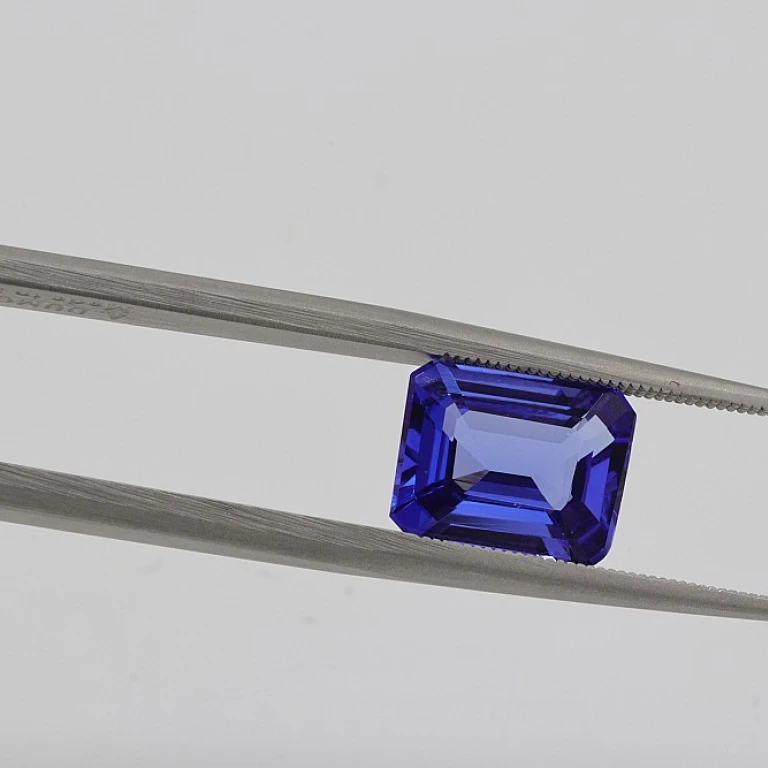
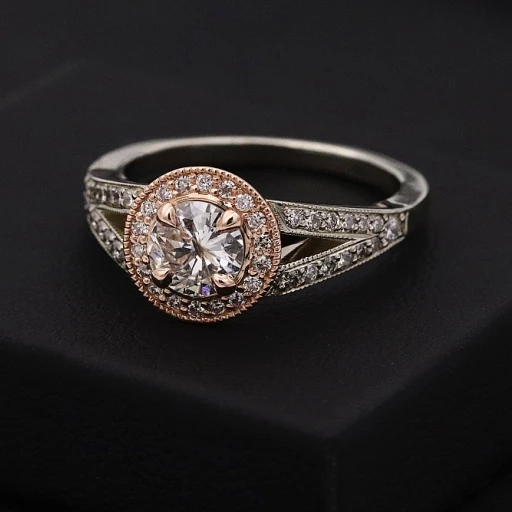
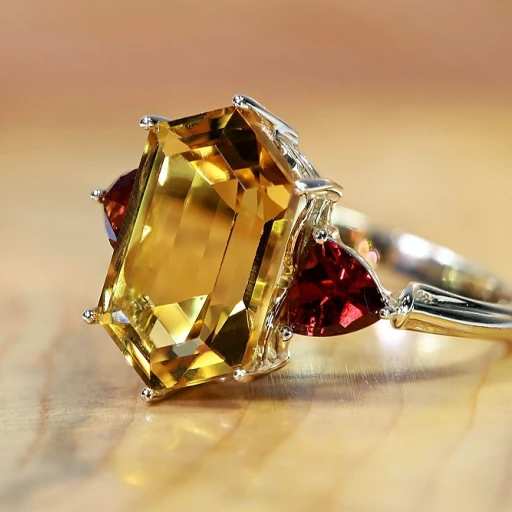
-large-teaser.webp)
